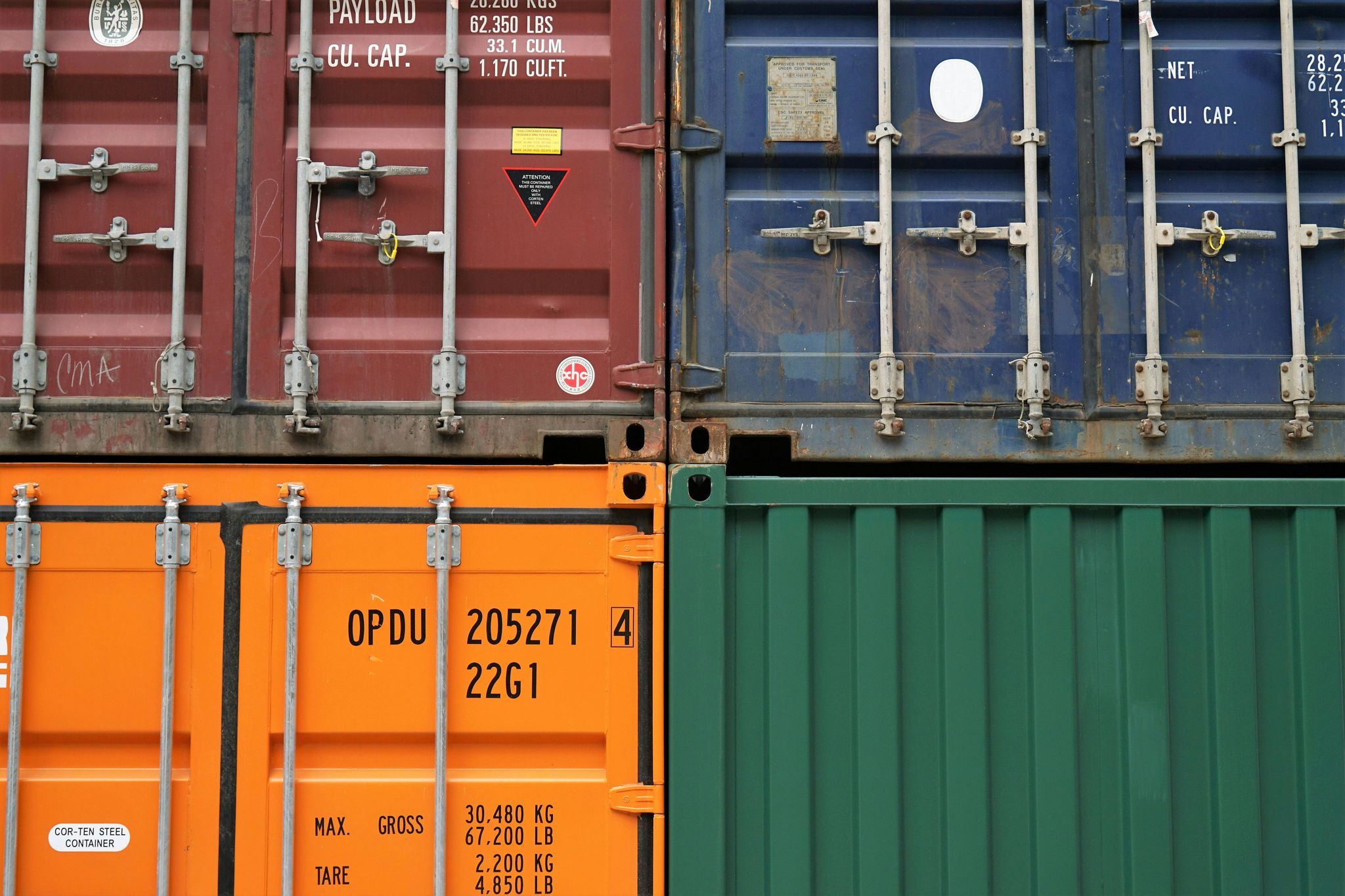
Rust for AWS Lambda, the Docker Way
Contents
- Introduction
- The Rust Code
- Cargo Lambda
- The Dockerfile
- Configurable Dockerfile
- Bonus Tips
- Final Words
Introduction
Rust is a great language to consider when writing services for AWS Lambda, because of its extremely low start-up time, CPU usage and memory footprint. These are all important metrics to consider in serverless infrastructure and they translate to direct cost savings and better performance when minimized.
The recommended and most straightforward way to deploy Rust programs to AWS Lambda is to upload a zipped binary, either through the AWS CLI or with the amazing Cargo Lambda. While the latter makes the process of testing, compiling and deploying Rust Lambdas very easy, there is sometimes the need to distribute a Docker image instead of the raw binary. For instance, using container images allows to leverage the ECR container registry in AWS for versioning and distribution.
In this short article, we’ll see how we can leverage Cargo Lambda and Docker to create an image suitable for use with Lambda.
The Rust Code
Below is the example Lambda that we will use to test our deployment. It’s a simple “hello world” taken from the
default cargo lambda new template, which takes in a name query string parameter and outputs a very simple greeting
message.
use lambda_http::{run, service_fn, tracing, Body, Error, Request, RequestExt, Response};
async fn function_handler(event: Request) -> Result<Response<Body>, Error> {
let who = event
.query_string_parameters_ref()
.and_then(|params| params.first("name"))
.unwrap_or("world");
let message = format!("Hello {who}, this is an AWS Lambda HTTP request");
let resp = Response::builder()
.status(200)
.header("content-type", "text/html")
.body(message.into())
.map_err(Box::new)?;
Ok(resp)
}
#[tokio::main]
async fn main() -> Result<(), Error> {
tracing::init_default_subscriber();
run(service_fn(function_handler)).await
}Cargo Lambda
After installing Cargo Lambda, we have access to a cargo
plugin invoked with the cargo lambda command which makes developing for AWS Lambda in Rust a breeze!
The cargo lambda new creates a template with all the necessary dependencies and boilerplate. cargo lambda watch compiles and runs the lambda locally whenever a source file is changed. cargo lambda invoke allows to send test
requests to this locally-running lambda without worrying about the AWS event object format, API Gateway, etc.
cargo lambda build --release is the command that we will need, as it includes a good default build profile for
Lambda, and allows to cross-compile for different processor architectures.

The Dockerfile
The Dockerfile below is what took me some time to research and find information about. In the end, some trial and error paired with the use of the GitHub search bar allowed me to find the most straightforward way to get to a working Docker image.
# The build image with Cargo Lambda pre-installed
FROM ghcr.io/cargo-lambda/cargo-lambda:latest AS build
WORKDIR /build
# Copy the source files into the container
COPY . .
# Thanks to Cargo Lambda, compilation is super easy
RUN cargo lambda build --release
# The runtime image is an OS-only image without an included runtime
# Our binary contains the required runtime already
FROM public.ecr.aws/lambda/provided:al2023 AS runtime
# Retrieve the binary that we built in the stage above
COPY --from=build /build/target/lambda/hello_world/bootstrap ${LAMBDA_RUNTIME_DIR}/bootstrap
# Not used with custom runtime, but kept for info
CMD ["app.handler"]Simple, isn’t it? Well, it took me a while to understand which base image to use, where to put the resulting binary inside the image and what it should be named, but this proved to be the working solution after some good old trial and error.
You’ll note that we included the crate name in the path for the last COPY instruction. You’ll also notice no mention
of cross-compilation here. So, while this file works for a one-off, it can be greatly improved and generalized if we
use build args.
Configurable Dockerfile
Without further ado, here’s the version which allows cross-compilation and parametrization through some variables.
FROM --platform=$BUILDPLATFORM ghcr.io/cargo-lambda/cargo-lambda:latest AS build
ARG package
ARG TARGETPLATFORM
WORKDIR /build
COPY . .
RUN case ${TARGETPLATFORM} in
"linux/amd64") RUST_ARCH=x86_64-unknown-linux-gnu ;;
"linux/arm64") RUST_ARCH=aarch64-unknown-linux-gnu ;;
*) exit 1 ;;
esac
&& cargo lambda build --release --target ${RUST_ARCH} --bin $package
FROM public.ecr.aws/lambda/provided:al2023 AS runtime
ARG package
COPY --from=build /build/target/lambda/$package/bootstrap ${LAMBDA_RUNTIME_DIR}/bootstrap
CMD ["app.handler"]In the file above, the target platform and name of the package are build-time parameters that allow to create different
images from a single Dockerfile. Only linux/amd64 and linux/arm64 are supported by AWS Lambda.
Here’s how this file would be used to build an ARM image for our hello_world service:
docker build --platform linux/arm64 --build-arg package=hello_world -t hello_world:latest .Note that this Dockerfile would work within a Cargo workspace thanks to the --bin $package argument, so you could use
a single Dockerfile to compile every service in your monorepo!
Bonus Tips
In this final section, we’ll see how we can test our Docker image locally. Since we cannot use cargo lambda invoke,
we need to formulate our request in a format that is comprehensible to the AWS Lambda runtime.
To spin up our container, we use the following command:
docker run --rm -p 8080:8080 hello_world:latestThe request needs to be sent with the POST method and a JSON body matching the Payload 2.0 format.
It wraps our GET HTTP request with some metadata, and a minimal payload for our example would be:
{
"version": "2.0",
"rawQueryString": "name=beeb",
"requestContext": {
"http": {
"method": "GET"
},
"timeEpoch": 0
}
}The URL to target, considering we exposed the 8080 port of the container to the same port in our localhost, is:
http://localhost:8080/2015-03-31/functions/function/invocations
It took me a while to find this information because I didn’t really know what I was looking for. Turns out the “Invoke” docs describes this URL.
If we send this request to the container, we get a response from our function 🎉 (albeit wrapped in the API Gateway response format).
curl -X POST --data '{"version":"2.0","rawQueryString":"name=beeb","requestContext":{"http":{"method":"GET"},"timeEpoch":0}}' http://localhost:8080/2015-03-31/functions/function/invocations{"statusCode":200,"headers":{"content-type":"text/html"},"multiValueHeaders":{},"body":"Hello beeb, this is an AWS Lambda HTTP request","isBase64Encoded":false,"cookies":[]}Final Words
Just like that, we have cross-compiled our Lambda for ARM and have a container image ready to deploy.
I hope you found something useful in this article. Talk soon!